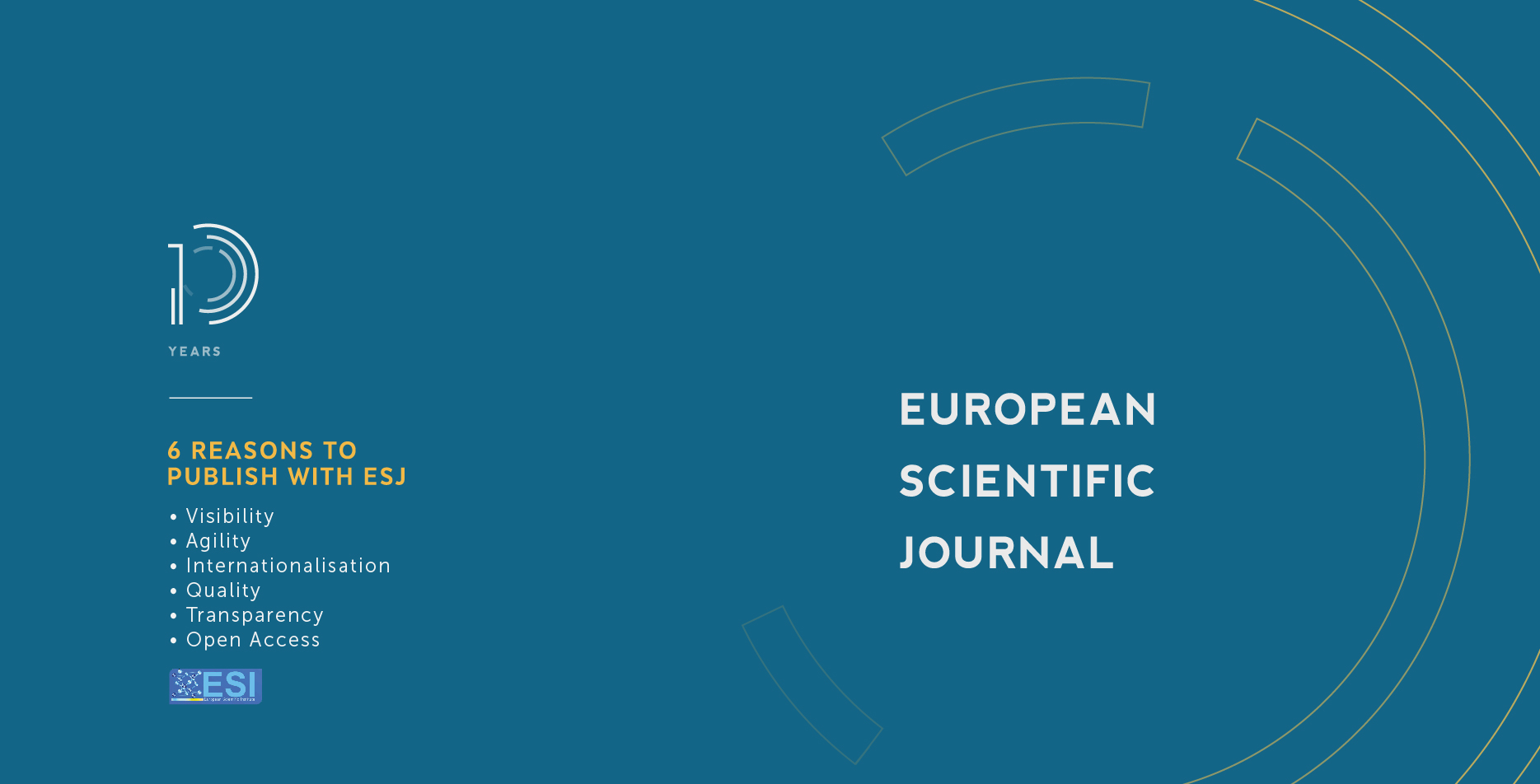Assessment of Surface Water Quality using Indices and Geographic Information System in the Sebou River Basin, Morocco
Abstract
The aim of this study is to access the quality of monitored rivers and to map the polluted river sections in the Sebou basin using Geographic Information System (GIS). The potential causes of water quality variation will also be added for suitable measures to be taken. A Water Quality Index (WQI) which developed in Morocco was applied to 17 river water quality monitoring stations with data on 6 parameters (Dissolved oxygen (DO), ammonium ion (NH4 + ), 5-day biochemical oxygen demand (BOD5), chemical oxygen demand (COD), fecal coliforms (FC) and total phosphorus (TP)) collected twice during the wet and dry season over 1990-2017 period. The result shows that river water quality is classified as bad, very bad and medium at 59% of the monitoring stations, while 41% are considered as good to excellent. Interpolation of mean values of overall WQI of the 17 river water quality monitoring stations, revealed evidence of quality degradation along several kilometers of most river sections in the Sebou basin. The correlation matrix between the sub-indices of water quality parameters and the overall WQI showed high positive correlation coefficients and highlights the contribution to water quality degradation as follows: TP (𝑟 = +0.96 ) ≥ NH4 + (𝑟 = +0.96 ) > BOD5 (𝑟 = +0.94) > COD (𝑟 = +0.86) > FC (𝑟 = +0.83) > DO (𝑟 = +0.79). The sections of Fès, Innaounene Rivers, and an extended stretch of Tizguit River must no longer be used for irrigation. River water quality is overall of better quality in the wet season compared to the dry season. Simple linear regressions between the seasonal water quality variation and the overall WQI showed higher coefficients of determination R 2 (0.67 and 0.60) between dry season WQI and the overall WQI and between wet season WQI and the overall WQI respectively. It is clear that discharges of industrial and domestic wastewater during the dry season and agricultural activities are most likely to be the causes of the degradation of river water quality.
Downloads
Metrics
PlumX Statistics
Copyright (c) 2021 Kanga Idé Soumaila, Naimi Mustapha, Chikhaoui Mohamed

This work is licensed under a Creative Commons Attribution-NonCommercial-NoDerivatives 4.0 International License.








